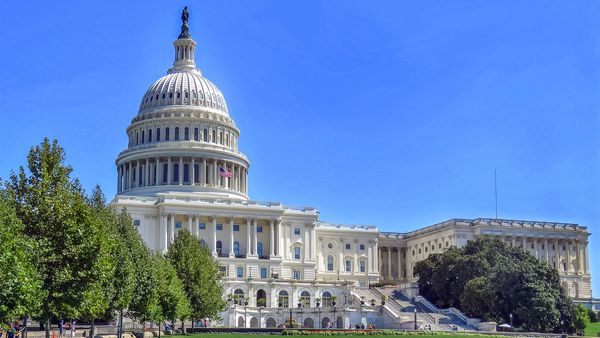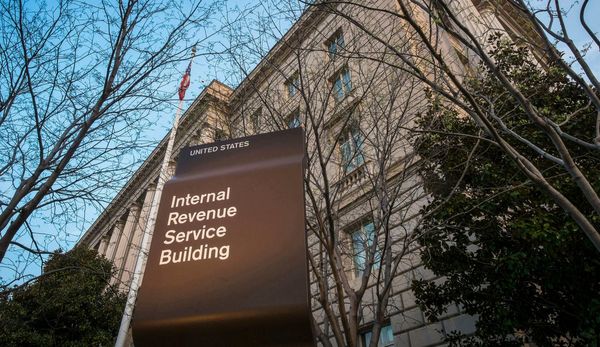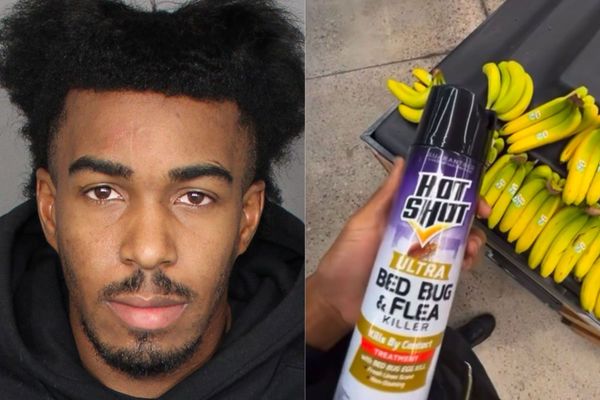
JPMorgan (JPM) -) later this week will kick off the unofficial start to the second-quarter-earnings season, with investors looking for collective S&P 500 profits to support the best first-half start for U.S. stocks in four years.
However, with earnings expected to fall sharply from last year, and a softer economic outlook likely to blunt near-term profit guidance, stocks could face a series of headwinds that will challenge the market's overall performance heading into the autumn months.
Collective S&P 500 profits are expected to fall 6.4% from a year earlier to a share-weighted $436.9 billion, according to data from Refinitiv, with the energy sector leading the benchmark's overall earnings decline.
Revenues are likely to fall 0.8% from last year, suggesting that much of the profit decline will be linked to higher input costs and narrowing margins, particularly given the overall resilience of the U.S. labor market and the strength of the dollar on foreign exchange markets.
“Markets are bracing for what could be the worst reporting season since the end of the pandemic," said Nigel Green of London-based financial consultancy DeVere Group, noting the prevalence of negative pre-announcements from first-quarter updates.
"We’re likely to see this having turned out to be correct amid the brewing of a perfect storm of several major economic headwinds," he added. “These include the persisting challenge of inflation ... and that developed markets will experience the lag effect of monetary policy tightening during the second half of 2023."
Around 62 S&P 500 companies have issued negative earnings preannouncements heading into the second-quarter reporting season, compared with 39 positive updates.
That's slightly ahead of both the long-term average as well as the pace recorded over the prior four quarters. But it could change quickly as companies provide guidance for profit growth over the three months ending in September.
“Guidance will be critical as indicators show the economy is headed for a downturn and investors will be eager to know which companies are best-positioned to manage this," Green said.
'Better Than Feared Won't Cut It': Morgan Stanley
That's a view shared by Morgan Stanley analyst Mike Wilson, one of the more bearish voices on Wall Street, who said in a client note Monday that "‘better than feared’ likely isn’t going to cut it anymore ... so the key for stocks will come via company guidance for the out quarter rather than the results themselves.”
That could test the market's solid start to the year, which saw the S&P 500 up 14.6% amid the best first-half performance in four years and the best six-month run for the Nasdaq since 1983.
JPMorgan's second-quarter earnings, slated for early Friday morning, typically provide the reporting season's first significant outlook for both the banking sector, as well as corporate America's broader prospects. That outlook comes via CEO Jamie Dimon's closely read letter to shareholders.
The country's biggest bank is expected to post second-quarter profit up 46.4% from a year earlier to $4.04 per share, with revenue up 27% to $40.05 billion.
Financial-sector profits are forecast to rise 5.4% from the previous quarter to $79.2 billion, second only to the 27.5% gain expected from the consumer discretionary sector, which will contribute an estimated $34 billion to the S&P 500 profit total.
PepsiCo and UnitedHealth in Focus
PepsiCo's (PEP) -) June-quarter earnings, expected before the market opens on Thursday, will provide a key benchmark for that forecast as investors see the drinks and snacks group posting a 5.4% bump in adjusted earnings, to $1.96 per share, on revenue of $21.73 billion.
PepsiCo's outlook, and its ability to pass on higher input and wage costs to inflation-hit consumers, will likely dictate the stock's performance following its second quarter update.
Guidance from UnitedHealth (UNH) -), which reports Q2 earnings on Friday, will also be closely watched after a company official suggested that medical costs could surge over the coming months as older Americans opt to undergo elective procedures they had delayed during the covid pandemic.
The uptick could pressure the medical-cost ratios -- a key metric of profitability -- for not only UnitedHealth, which is expected to see adjusted earnings rise 8.6% from a year earlier to $6.05 a share on revenue of $91 billion.
Get exclusive access to portfolio managers and their proven investing strategies with Real Money Pro. Get started now.







